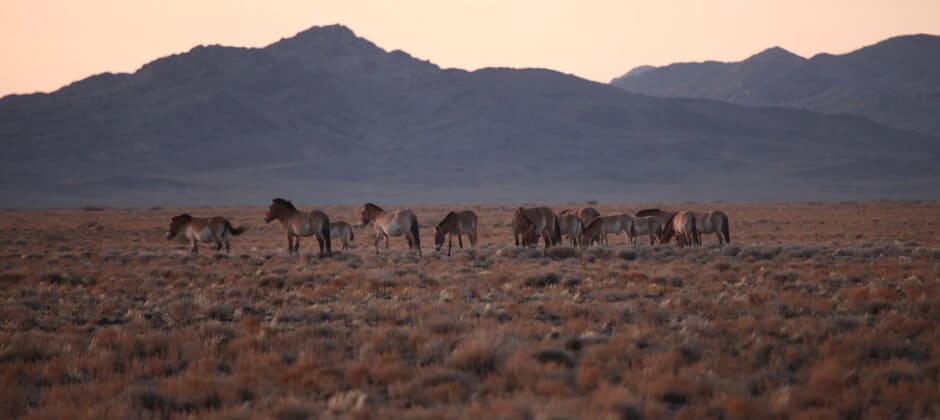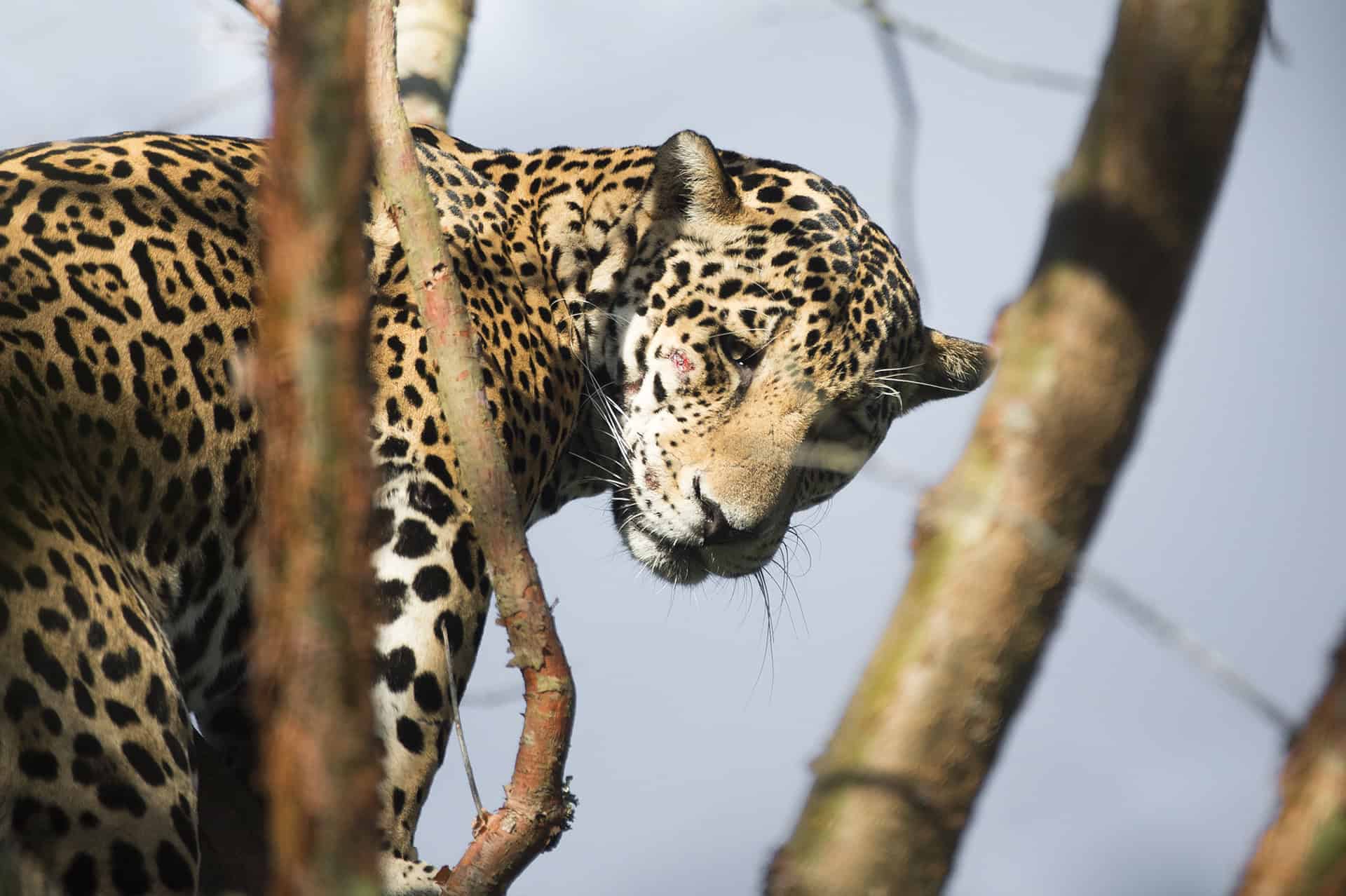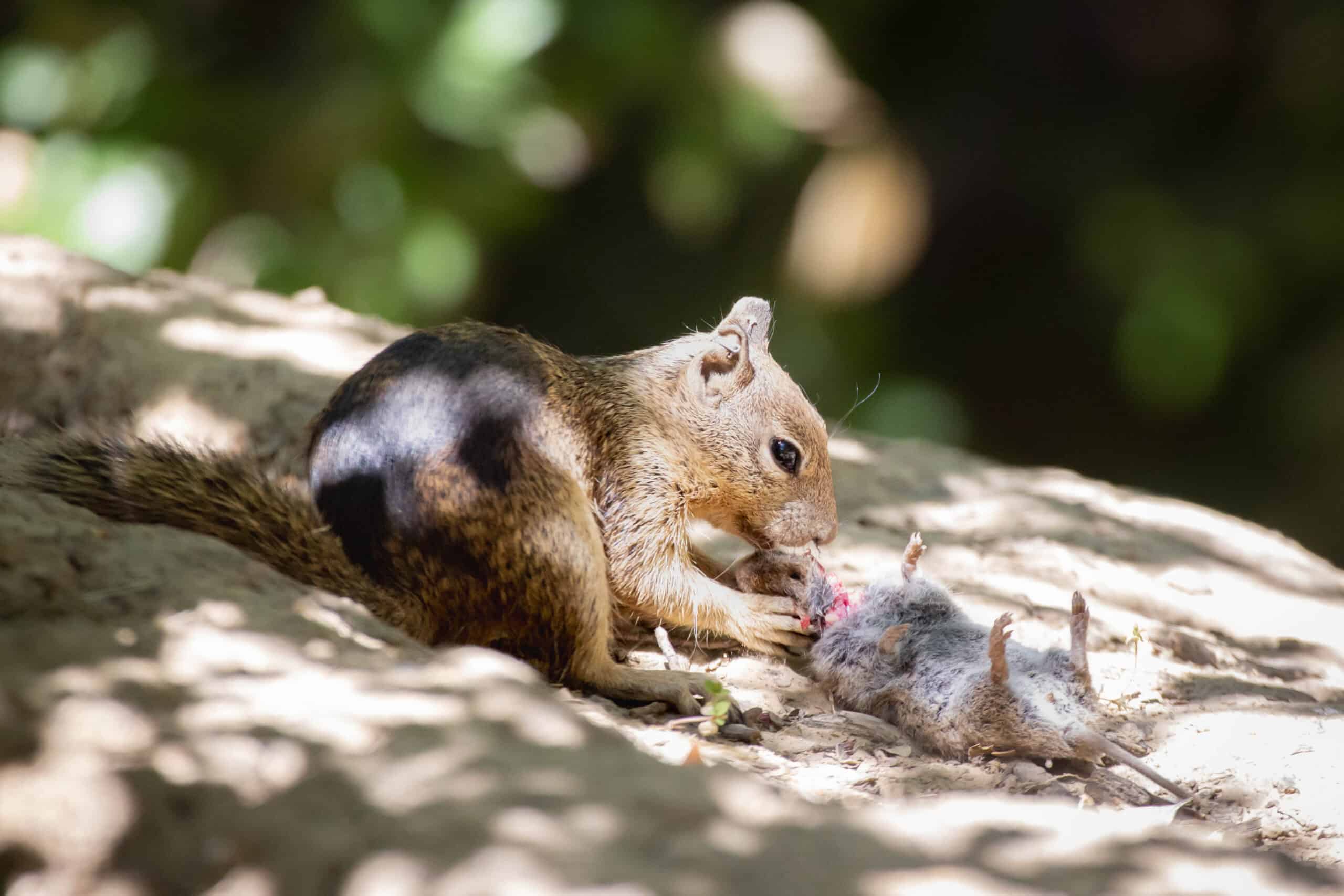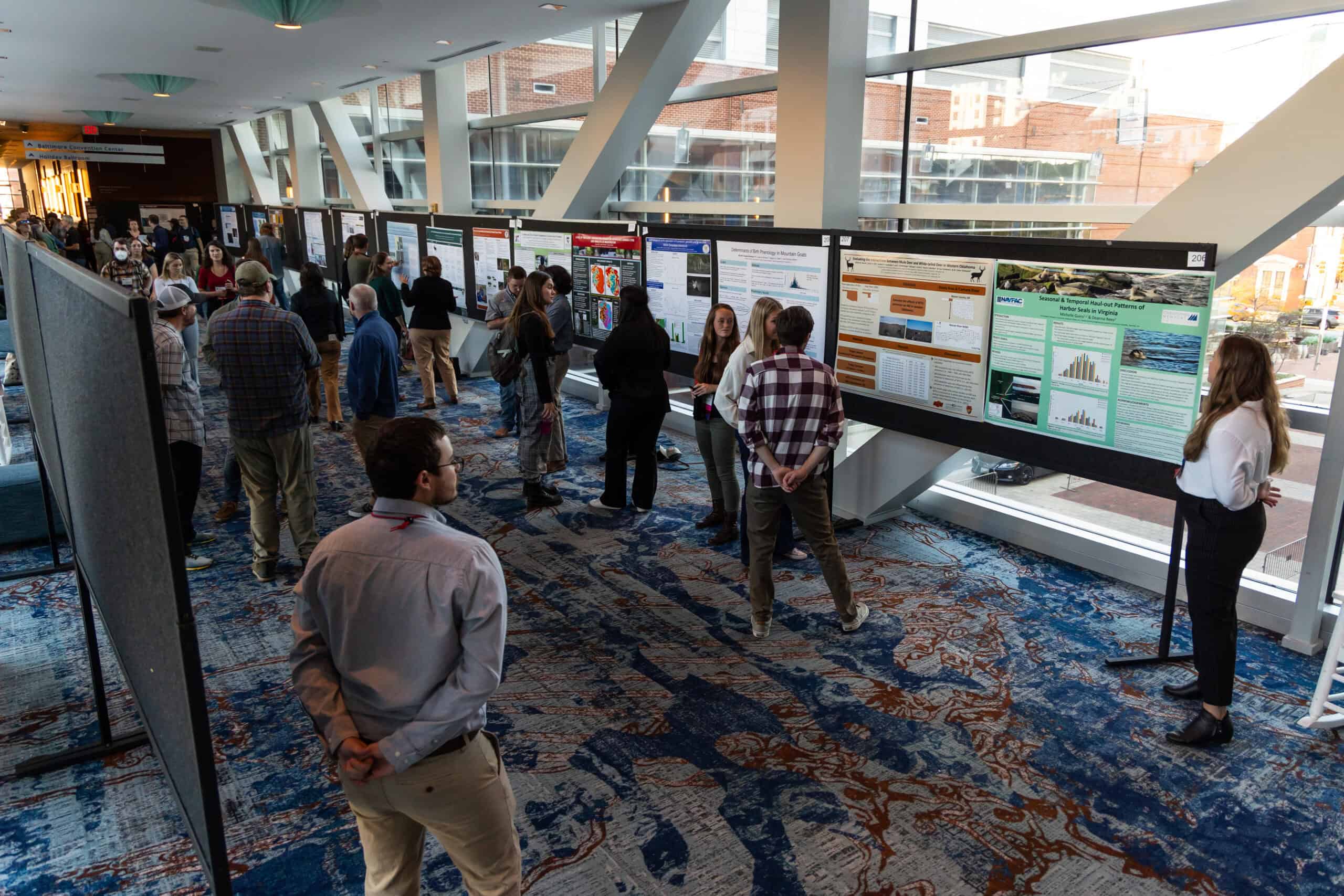Share this article
TWS2021: Reintroduced horses cope well with Mongolian weather
The Przewalski’s horse may be the last truly wild horse in the world. These endangered horses roam the wild steppes of Mongolia, but were once also found in neighboring countries, before hunting, domestication and habitat loss pushed them from parts of their historic range. Over the last decade, Prague Zoo and others have conducted projects to reintroduce more horses back into the wild in a nature reserve called the Great Gobi B Strictly Protected Area to bolster the small population numbers. Researchers wanted to learn how the reintroduced horses fared compared to their wild counterparts.
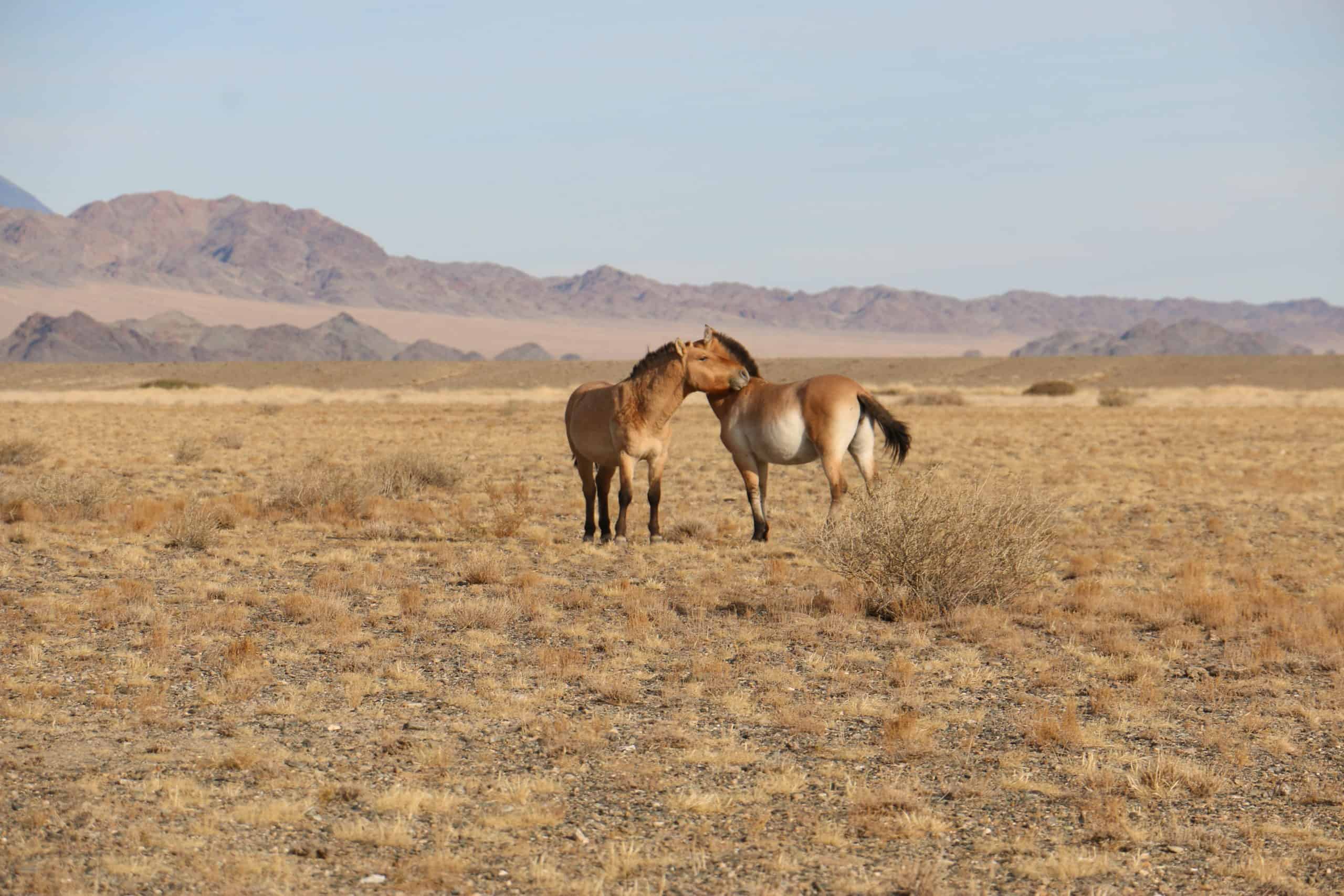
Reintroduced Przewalski’s horses in a soft-release enclosure. Credit: Anna Bernátková
Anna Bernátková, a TWS member and PhD student in biodiversity conservation at the Czech University of Life Sciences presented her ongoing research on the topic at The Wildlife Society’s virtual 2021 Annual Conference. As part of her studies, she examined how the newly translocated horses coped with the harsh weather conditions in western Mongolia compared to wild Przewalski’s horses (Equus ferus przewalskii). She knew that occasionally harsh winters can result in the death of reintroduced Przewalski’s horses, which are considered endangered by the International Union for Conservation of Nature.
“It’s important to see if there’s a strong weather effect on their behavioral pattern,” Bernátková said.
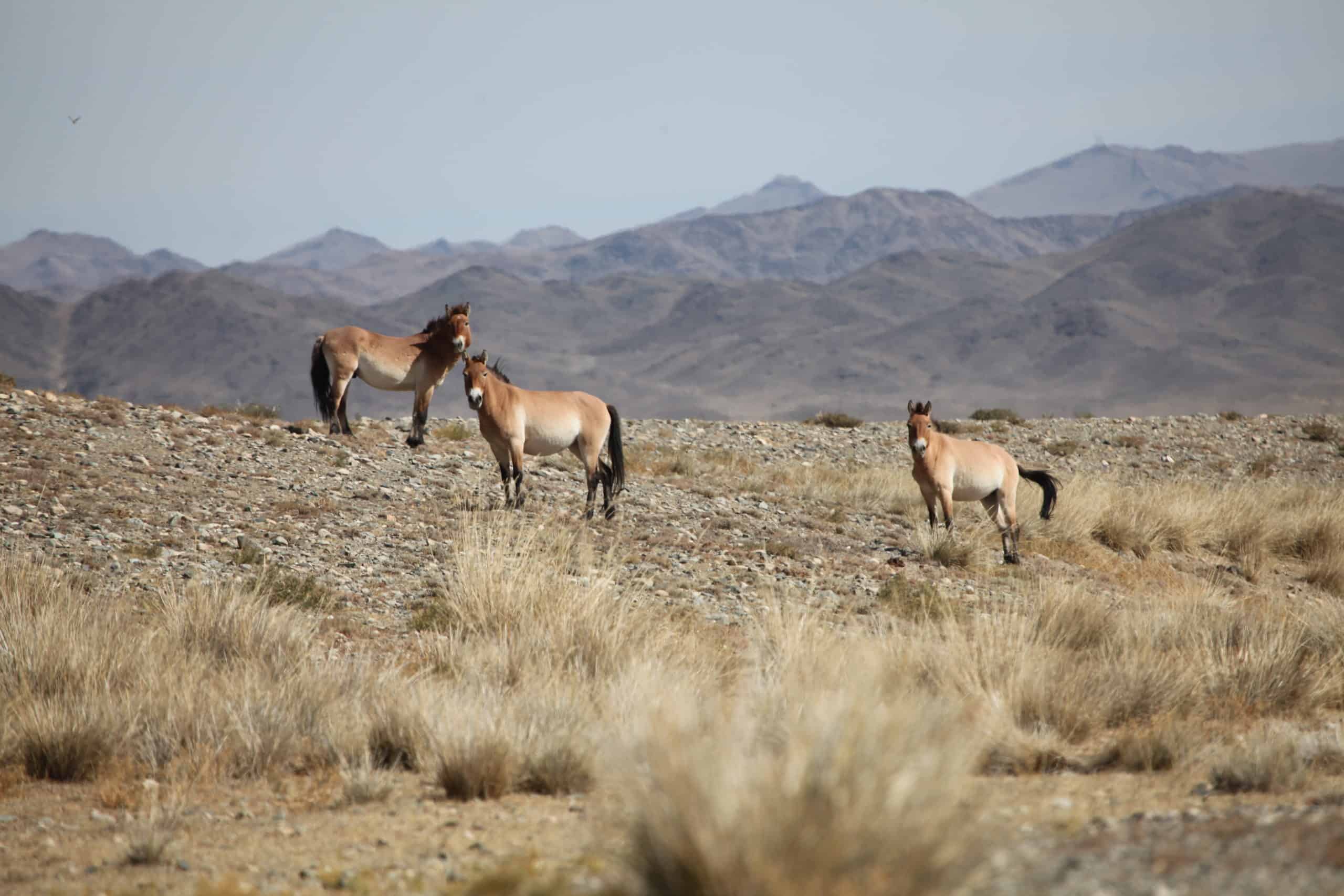
Reintroduced horses in the wild. Credit: Anna Bernátková
Every year, the Prague Zoo reintroduces around four Przewalski’s horses into the Great Gobi B Strictly Protected Area. In the first year, these horses acclimate to their new environment in soft release pens before being released into the wild.
Bernátková first went to Mongolia in the summer of 2018, then returned again in the spring and the fall of 2019. During this time, she and her colleagues traveled by vehicle to follow the horses every day, analyzing social interactions between group members.
The area was truly wild. Bernátková said she would sometimes drive off-road vehicles for dozens of kilometers tracking the wild Przewalski’s horses without even seeing a yurt—the semi-permanent tents used by locals in this area. Many of the areas weren’t even well-mapped—the locals would just know the area based on how the surrounding mountains and hills appeared. “In Europe, you don’t see such a vast place,” she said. “It was amazing to have this opportunity to study the animals.”
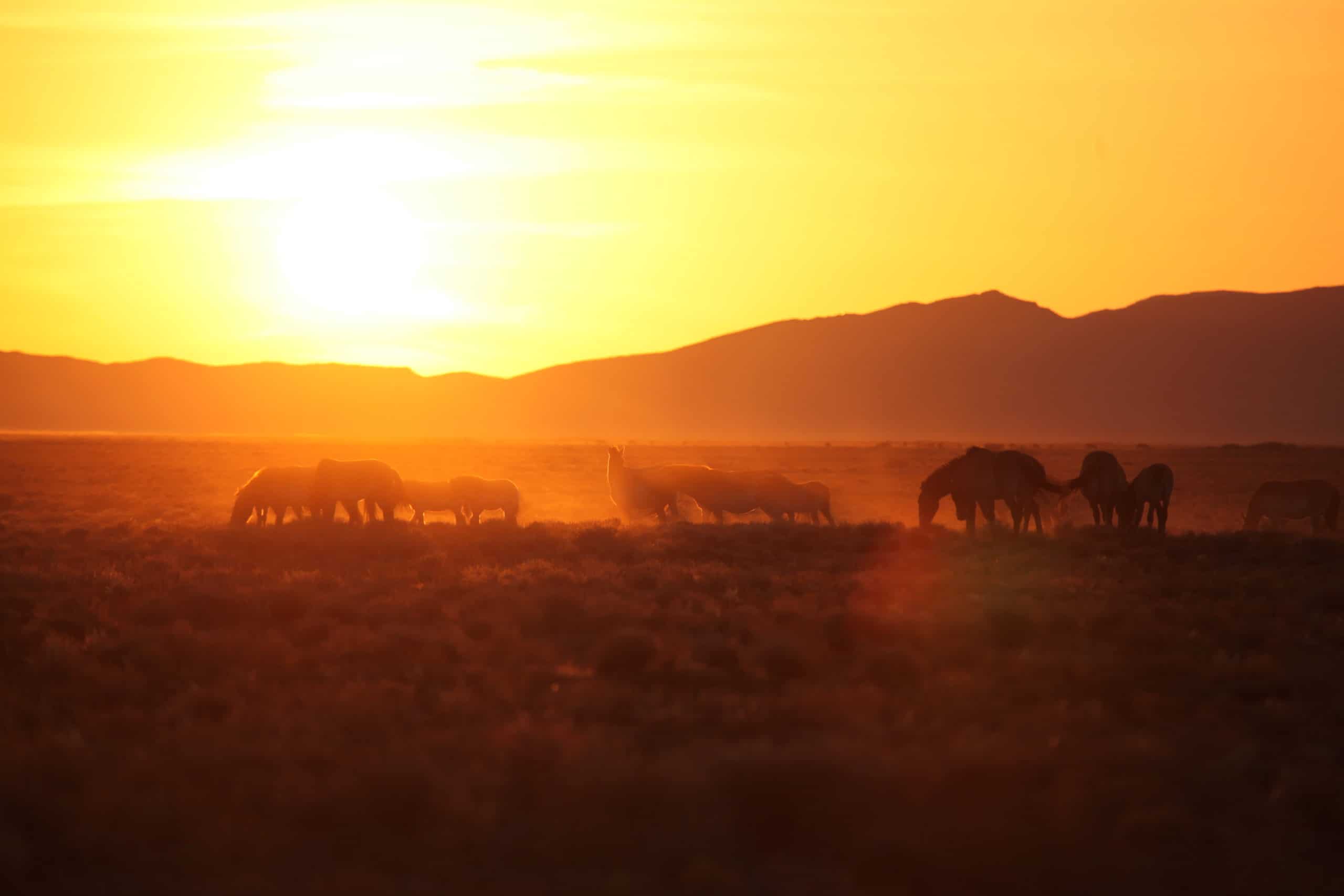
Reintroduced Przewalski’s horses begin to behave more like wild horses. Credit: Anna Bernátková
During the second year of their study, Bernátková and her colleagues found that two wild stallions joined two separate groups of reintroduced horses.
Their analysis, so far, has revealed that weather patterns seem to influence the behavior of Przewalski’s horses. The reintroduced horses were initially feeding more in windy and cloudy conditions and in the fall, while wild horses typically feed less in these conditions and at this time. However, the researchers found behavioral patterns of the reintroduced horses eventually shifted to match those of the wild horses.
While the team is still researching the reasons for these changes, Bernátková said the findings are novel because researchers found a strong influence of weather on the horses’ behavior. They noted that this may be because weather is more extreme in Mongolia than other places. The findings have implications for horse conservation, the authors said.
They are also researching how the horses form social relationships after reintroduction.
Header Image: The IUCN lists Przewalski's as endangered. Credit: Anna Bernátková



